Richard Cammack,Michel Frey,Robert Robson,NetLibrary, Inc.0203471040, 9780203471043
Table of contents :
Hydrogen as a Fuel: Learning from Nature……Page 2
Contents……Page 5
List of figures……Page 7
List of tables……Page 12
List of contributors……Page 13
Preface……Page 17
Table of Contents……Page 0
1.1. Life and oxidation–reduction processes……Page 19
1.1.1. Hydrogen as a microbial energy source……Page 20
1.2. Technological implications……Page 25
2.2.1. Overview……Page 27
2.2.2. The species coverage……Page 29
2.3.1. Functions of hydrogenases: An overview……Page 30
2.3.2. The multiplicity of hydrogenases……Page 31
Group 1. The Fe-only hydrogenases……Page 32
Group 3. The NiFe-(thylakoid) uptake hydrogenases of Cyanobacteria……Page 33
Group 4. The bidirectional-NAD(P)-reactive hydrogenases in Cyanobacteria……Page 35
Group 5. The NAD(P)-reactive hydrogenases from bacteria……Page 37
Group 7. The F420-non-reducing hydrogenase of methanogens……Page 38
Group 10. NiFe hydrogenase in the formate hydrogen lyase complex……Page 39
2.4.1. Describing the genetic diversity……Page 40
2.5.2. Revealing hydrogenase evolution by protein comparison……Page 42
Relationships in the NiFe(Se) enzyme family……Page 43
Relationships amongst the Fe-only hydrogenases……Page 46
2.5.5. Relationships amongst accessory (hyp) genes……Page 47
Hyp genes in the Eubacteria……Page 48
2.6. Extending the horizons……Page 49
3.1. Hydrogenase regulation is guided by environmental factors and physiological requirements……Page 51
3.2. Diversity of hydrogenase operons and their transcriptional control……Page 54
3.3.1.1. H2-specific signal transducing system……Page 62
3.3.2.1. A multicomponent signal transduction system controls H2-dependent hydrogenase gene expression in R. eutropha……Page 65
3.3.2.2. The H2 sensor of R. eutropha belongs to a distinct subclass of [NiFe] hydrogenases……Page 70
3.4. Concluding remarks and perspectives……Page 72
4.2. General mechanisms of metal incorporation into proteins and enzymes……Page 75
4.3.1. Iron……Page 76
4.3.2. Nickel……Page 77
4.4.1. The role of housekeeping genes……Page 78
4.4.4. The hypC proteins (the HypC family)……Page 80
4.4.7. The hypF protein (HypF)……Page 82
4.4.9. The hydrogenase specific endopeptidases (HybD, HyaD, HyI, HoxM, HupM, HupD)……Page 83
4.5.2. Early events in maturation prior to C-terminal cleavage……Page 84
4.6.1. N-terminal twin-arginine leader sequences……Page 87
4.6.2. Involvement of the tat genes……Page 88
4.7. Conclusions, future directions and biotechnological implications……Page 89
5.1. Isolation of hydrogenase from cells: Desulfovibrio gigas……Page 91
5.2. Anaerobic techniques……Page 94
5.3.1. Evolution and oxidation of H2……Page 95
5.3.3. Interconversion of ortho- and para-H2……Page 96
5.3.4. Mechanistic implications of isotopic effects on rates……Page 97
5.4. Activation and activity states……Page 98
5.5. Multiple hydrogenases in the same species……Page 99
5.7. The hydrogen-consumption activity of the [NiFe] hydrogenase of Allochromatium vinosum in different redox states……Page 100
5.8.1. Mediated measurements of redox potentials……Page 102
5.8.2. Titrations with H2 pressure……Page 104
5.8.3. Direct electrochemistry……Page 105
5.9. The active inactive interconversion of an [NiFe]-hydrogenase at an electrode……Page 106
5.9.1. Energetics of reductive activation……Page 107
5.9.2. Probing kinetics initiated by a potential step……Page 108
6.1.1. Growing crystals……Page 111
6.1.2. From X-ray diffraction to electron density……Page 113
6.1.3. Building the atomic models……Page 114
6.1.4. Identification of metal atoms by X-ray diffraction……Page 115
6.1.5. Modelling the non-protein ligands……Page 117
6.2.1. An overall view……Page 119
6.2.2. Hidden at the centre of the molecule: The catalytic site……Page 121
6.2.3. Accessibility of the [NiFe] active site……Page 122
6.3. Hydrogen channels……Page 123
6.4.2. The active site……Page 125
6.4.3. Access……Page 127
7.1.1. FTIR spectroscopy: The diatomic ligands……Page 128
7.2. [Fe] hydrogenases……Page 129
7.2.1. FTIR……Page 131
7.3.1. Hydrogenases and oxygen……Page 133
7.3.2. Activation of H2: A heterolytic process……Page 134
7.4.1. Probing the behaviour of the NiFe(CN)2(CO) site in an enzyme solution……Page 135
7.4.2. Oxidized enzyme in air (inactive)……Page 136
7.4.3. Enzyme with one electron added to the active site (inactive)……Page 139
7.4.4. The Nia-S Nia-C* reaction……Page 140
7.4.6. Involvement of Fe-S clusters in the redox reaction with H2……Page 141
Why do the equilibrium reactions with H2 not show a change of redox state of the Fe-S clusters?……Page 142
7.5.2. Reduction and activation of the active site……Page 143
7.6. Reaction of [NiFe] hydrogenases with H2 and CO on the millisecond timescale……Page 145
7.7. Modifications in the H2-activating site of the NAD-reducing hydrogenase from R. eutropha……Page 148
7.8. FTIR spectroscopy of hydrogenases……Page 150
7.9. Using EPR and Mössbauer spectroscopies to probe the metal clusters in [NiFe] hydrogenase……Page 152
What about the hetero-dinuclear Ni-Fe centre?……Page 153
7.10. Spin–spin interactions in [NiFe] hydrogenases……Page 155
7.10.1. Intercentre spin–spin interactions……Page 156
7.11.1. EPR analysis of the Ni-Fe site of the Vhu and Fru hydrogenases……Page 158
7.11.2. A model explaining the spectroscopic characteristics of the active reaction centre……Page 160
7.12.1. Basic principles……Page 162
7.12.2. Applications in hydrogenase research……Page 163
7.13. The application of X-ray absorption spectroscopy (XAS) to [NiFe] hydrogenases……Page 165
7.13.1. Edge-energy shifts as a probe of Ni redox chemistry……Page 166
7.13.2. Coordination number and geometry from XANES analysis……Page 167
7.13.3. Metric details from EXAFS analysis……Page 168
7.14. Chemical and theoretical models of the active site……Page 170
Theoretical calculations……Page 171
7.15.2. Hartree–Fock versus DFT……Page 172
7.15.4. The electronic structure of [NiFe] hydrogenase……Page 173
7.15.5. Outlook……Page 176
8.1. Significant features of the active sites of hydrogenases……Page 177
8.2. Connections to the active site……Page 178
8.2.2. The electrical connection……Page 180
Electrostatic neutrality: Hydrons go with the electrons……Page 181
8.2.3. How H2 gets to the active site……Page 182
8.3.1. Hydride formation……Page 183
8.4. The metal-free hydrogenase from methanogenic archaea……Page 185
8.5.1. Hydrogenase biomimetics as substitutes for platinum……Page 188
8.6. Synthetic model compounds – how chemists mimic nature……Page 189
8.6.1. Models of the hydrogenase active sites……Page 191
8.7. A dinuclear iron(II) compound mimicking the active site of [Fe] hydrogenases……Page 196
8.7.1. A nickel disulfonato complex obtained by oxidation of a mononuclear nickel dithiolate complex……Page 197
9.1. Utilization of hydrogen metabolism in biotechnological applications……Page 199
9.1.1. Bioremediation: Generation of reductant……Page 200
9.1.2. Biogas production from wastes……Page 201
9.1.3. Denitrification for removal of nitrate from water……Page 203
9.2. Nitrogen fixation……Page 207
9.3. A novel anaerobic thermophilic fermentation process for acetic acid production from milk permeate……Page 211
9.4. Electron production by hydrogenase for bio-remediation of Se-oxoanions……Page 213
9.5. Hydrogenase in the reduction of halogenated pollutants……Page 214
9.6. Microbial recovery of platinum group metals……Page 215
9.7. Hydrogenases in water-in-oil microemulsions……Page 216
10.1.1. The hydrogen economy……Page 219
10.1.2. Biological hydrogen production……Page 220
10.2. Technologies to produce hydrogen by biological systems……Page 222
10.3.2. Enzymes for photosynthetic hydrogen production……Page 224
Nitrogenase……Page 225
Uptake hydrogenase……Page 226
10.3.3. Oxygen sensitivity and how to avoid it……Page 227
10.3.4. Cyanobacterial hydrogen production: Present status and future potential……Page 229
10.5.1. Photoheterotrophic bacteria……Page 231
10.5.2. Heterotrophic microorganisms……Page 236
10.6. The road to the hydrogen future: R&D in the US Hydrogen Program……Page 238
10.6.1. Biological systems……Page 239
10.6.3. Photoelectrochemical systems……Page 240
10.6.4. Indirect hydrogen production technologies……Page 241
Carbon-based storage systems……Page 242
10.6.6. End use technologies……Page 243
10.7. Japan: International cooperations/networks……Page 244
10.8.1. Improving the performance of the production organism……Page 245
10.8.2. Improving the performance of hydrogenases in technical systems……Page 246
10.8.4. Economic and ecological assessments parallel to experimental R&D……Page 247
10.9. Concluding remarks……Page 248
Appendix 1: List of names of microorganisms……Page 249
Appendix 2: Glossary……Page 250
Appendix 3: Websites for hydrogen research……Page 255
References……Page 256
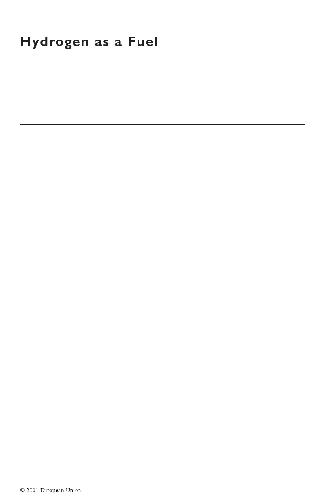
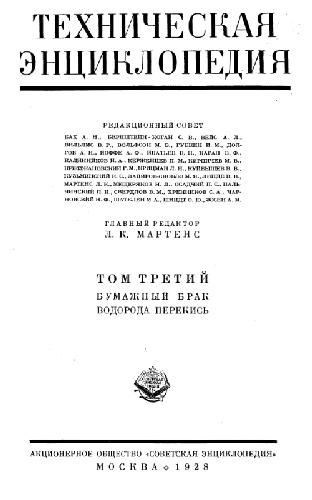

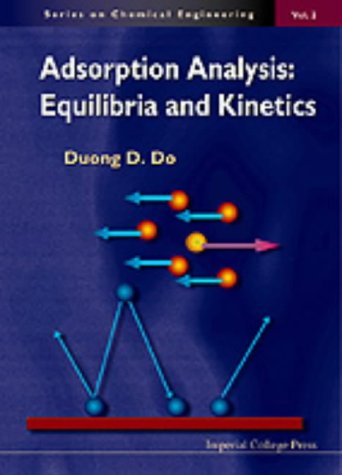
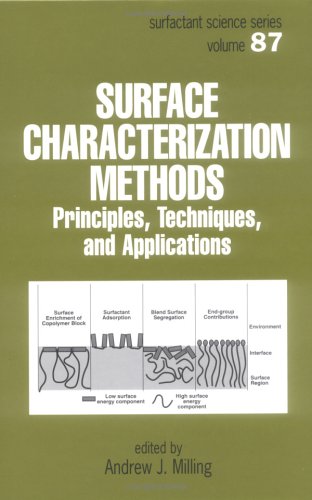

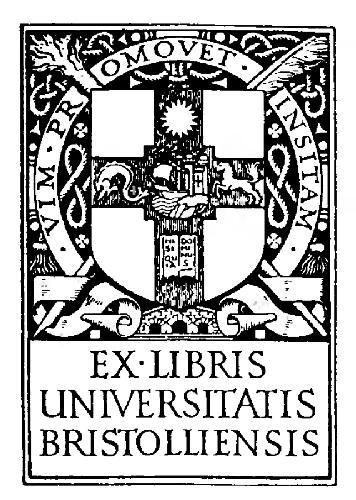

Reviews
There are no reviews yet.